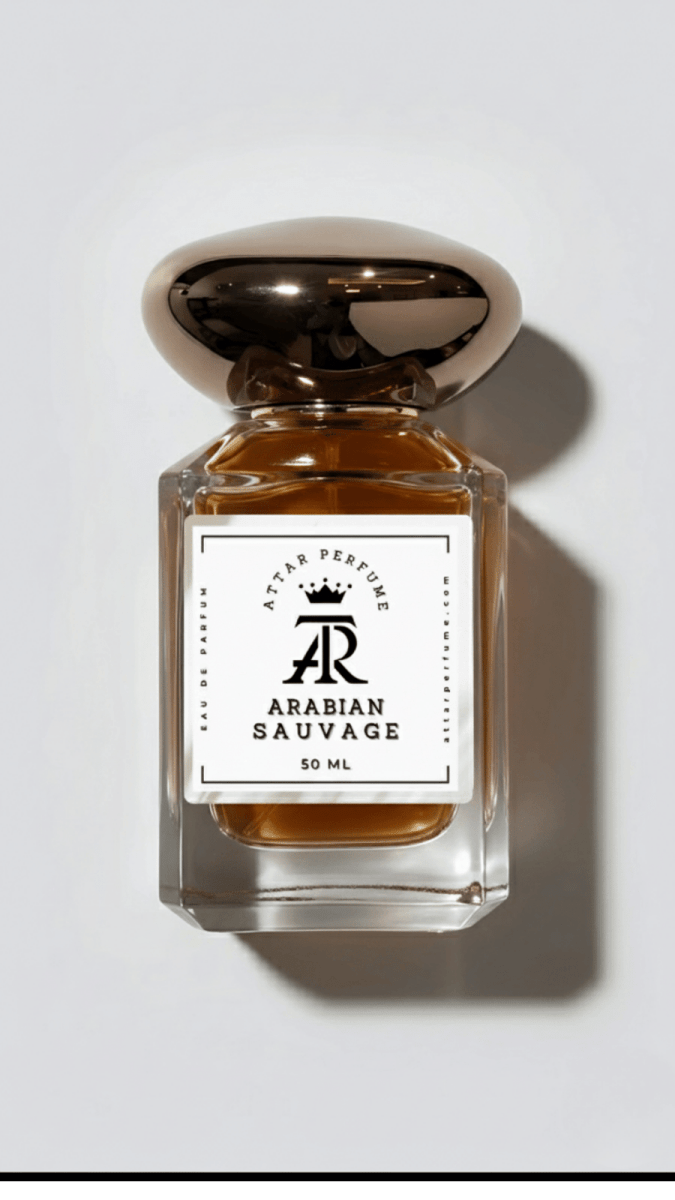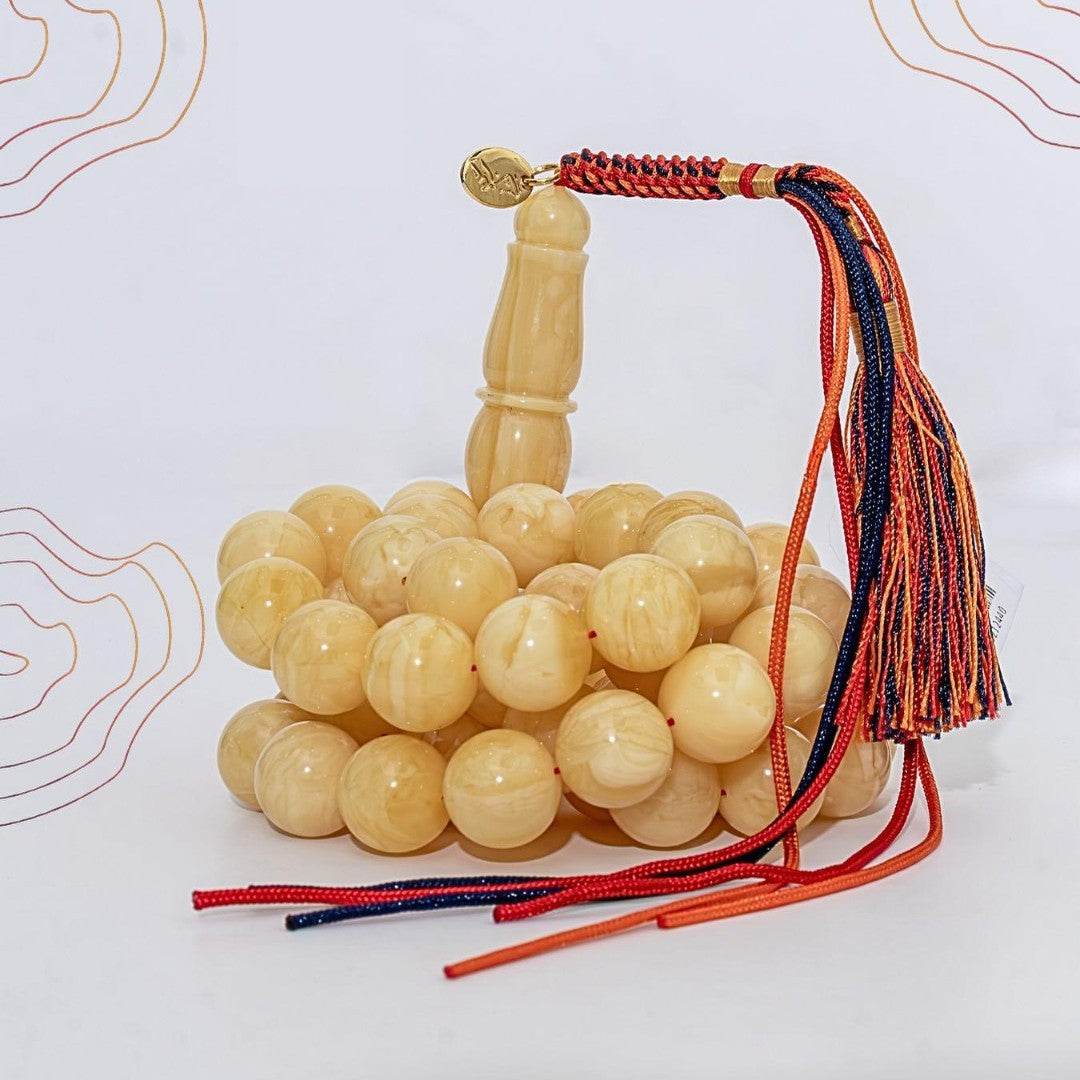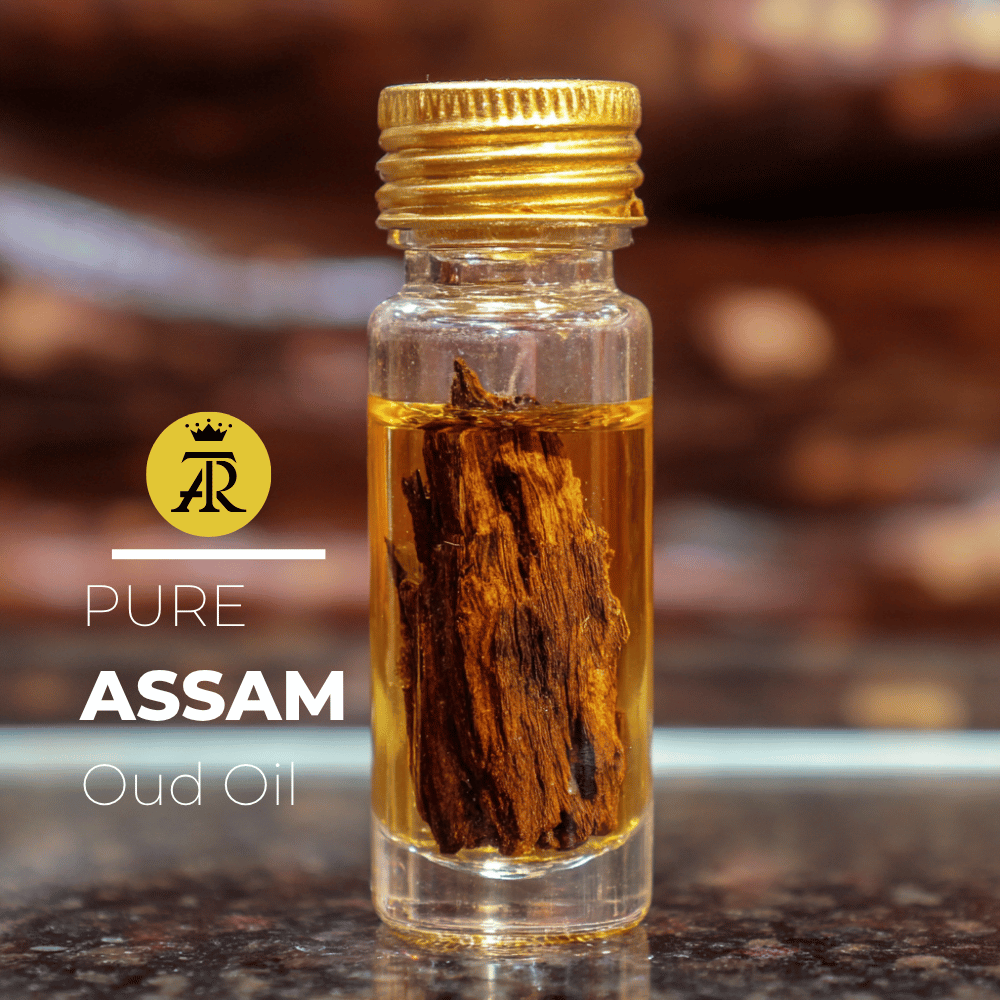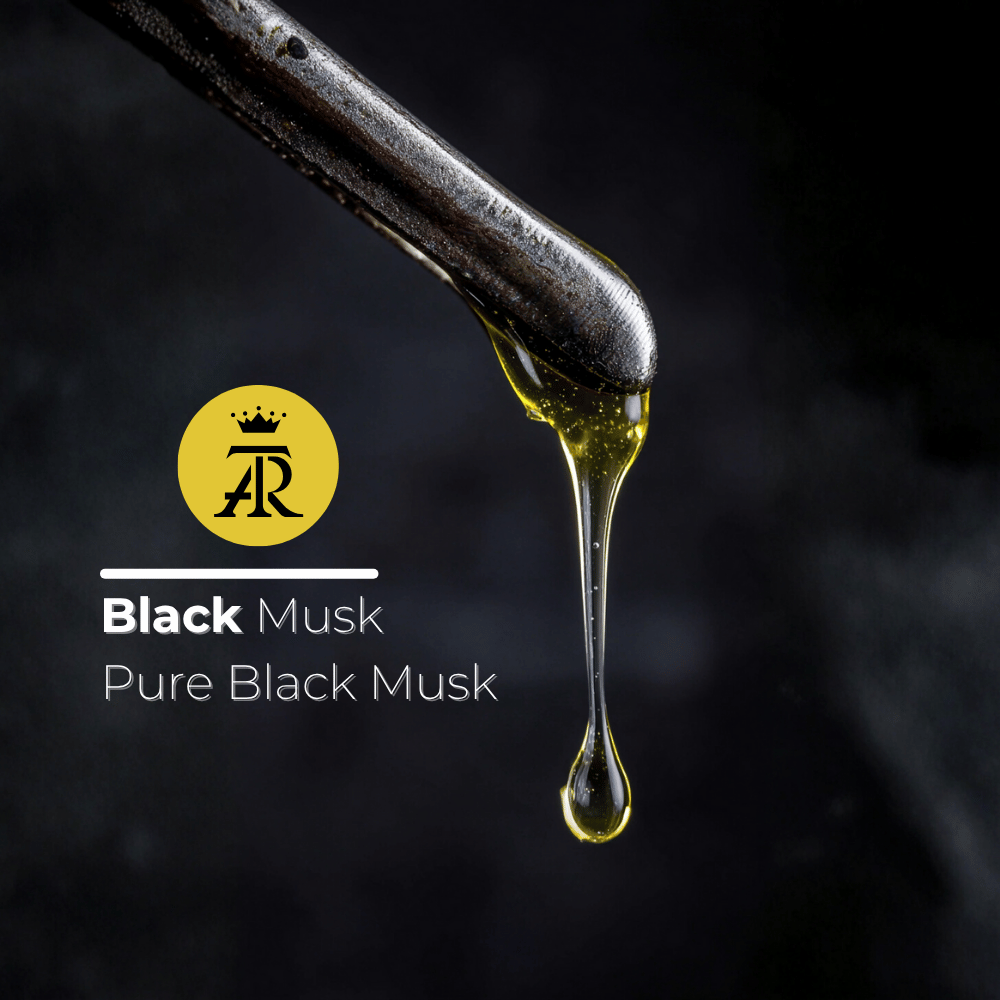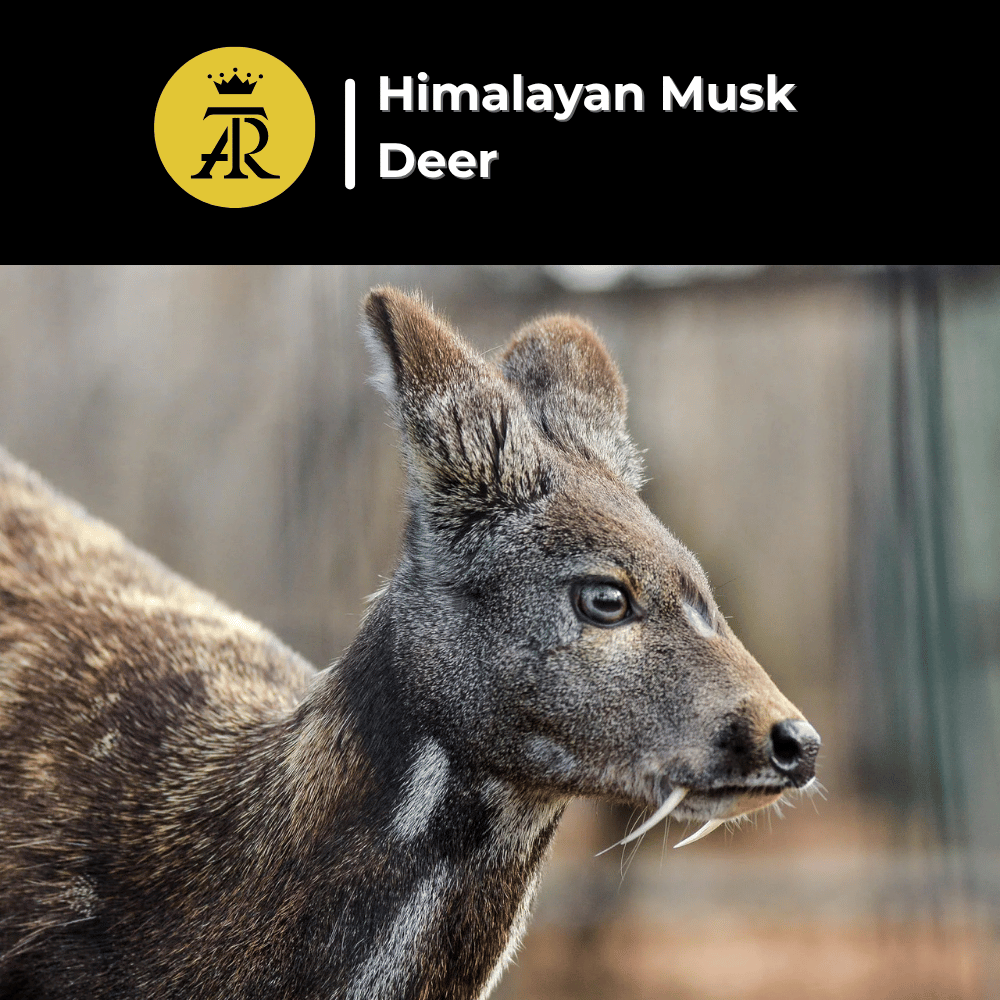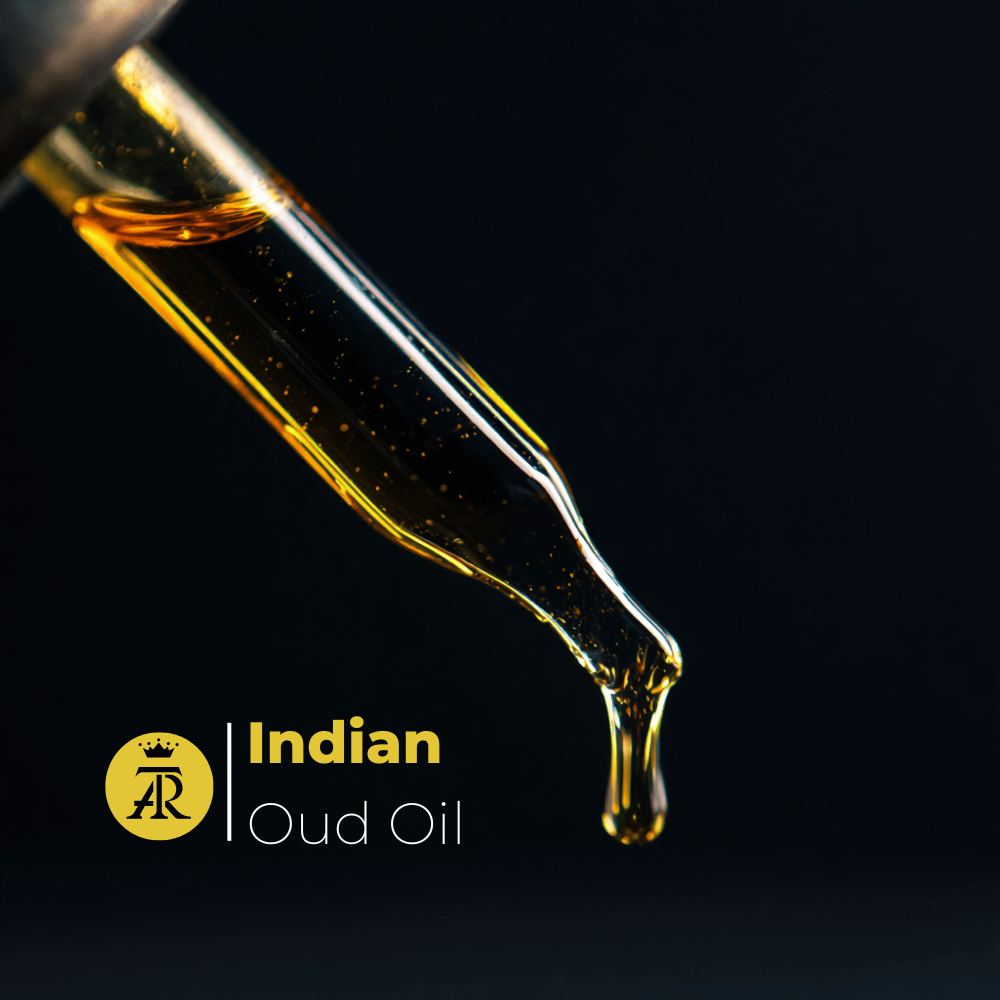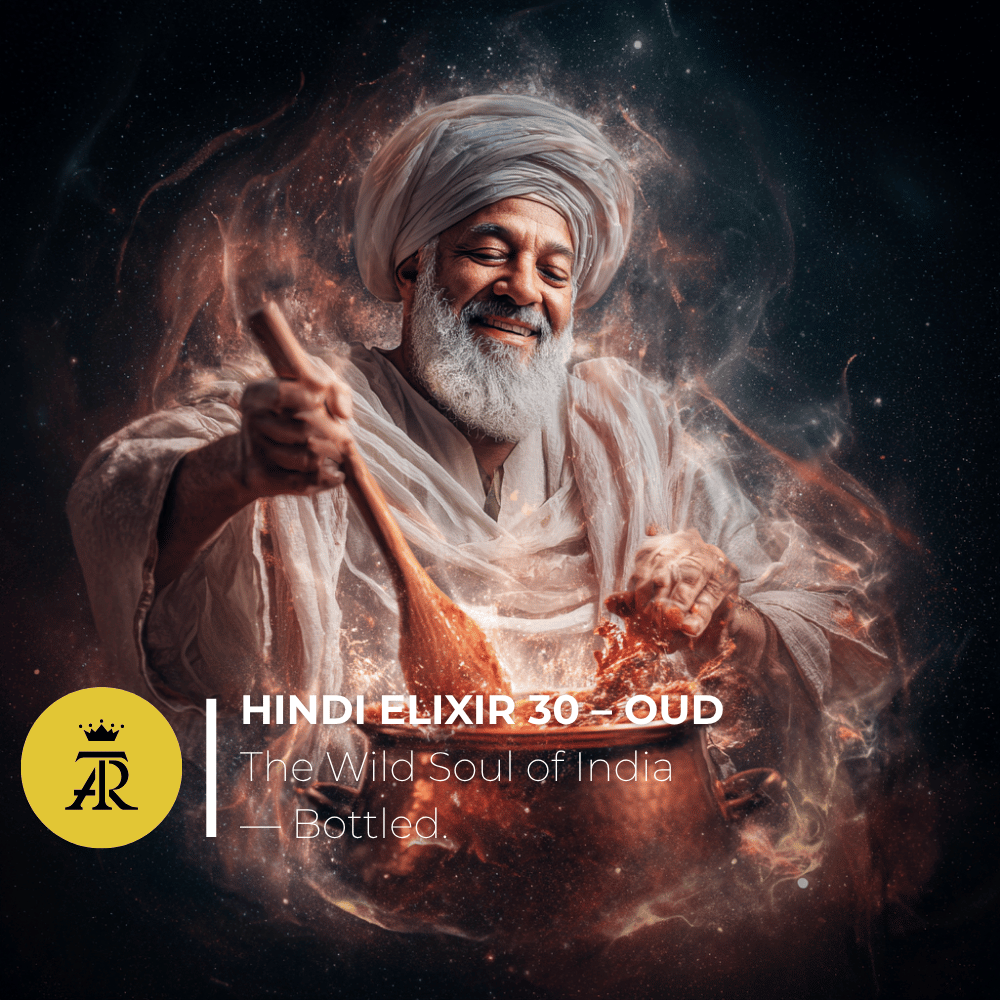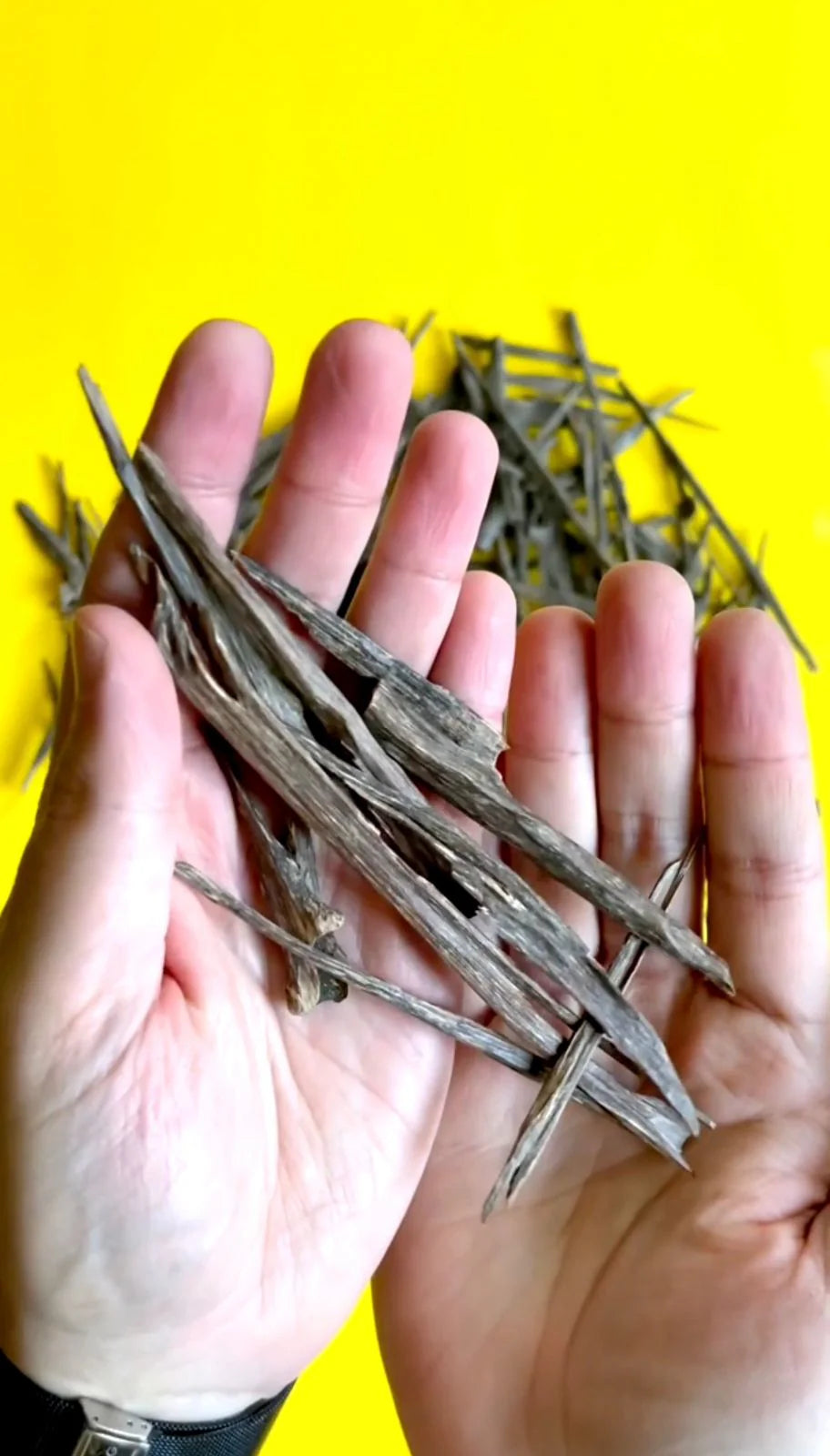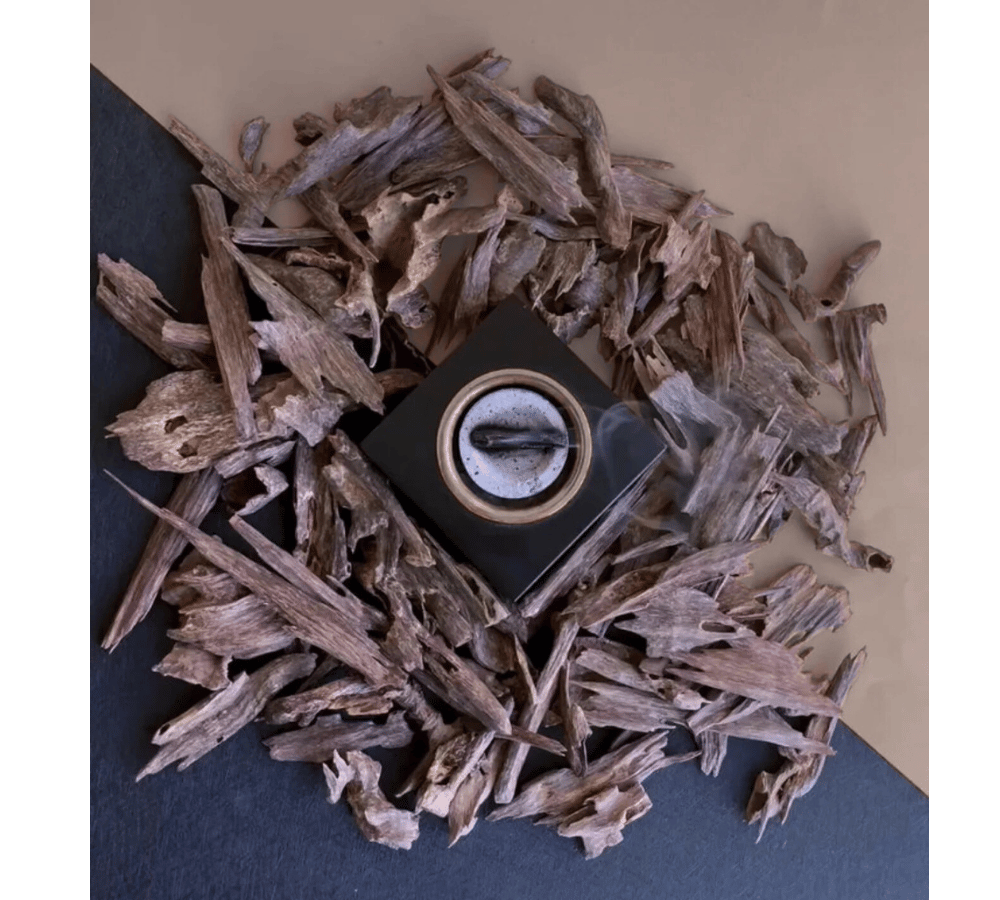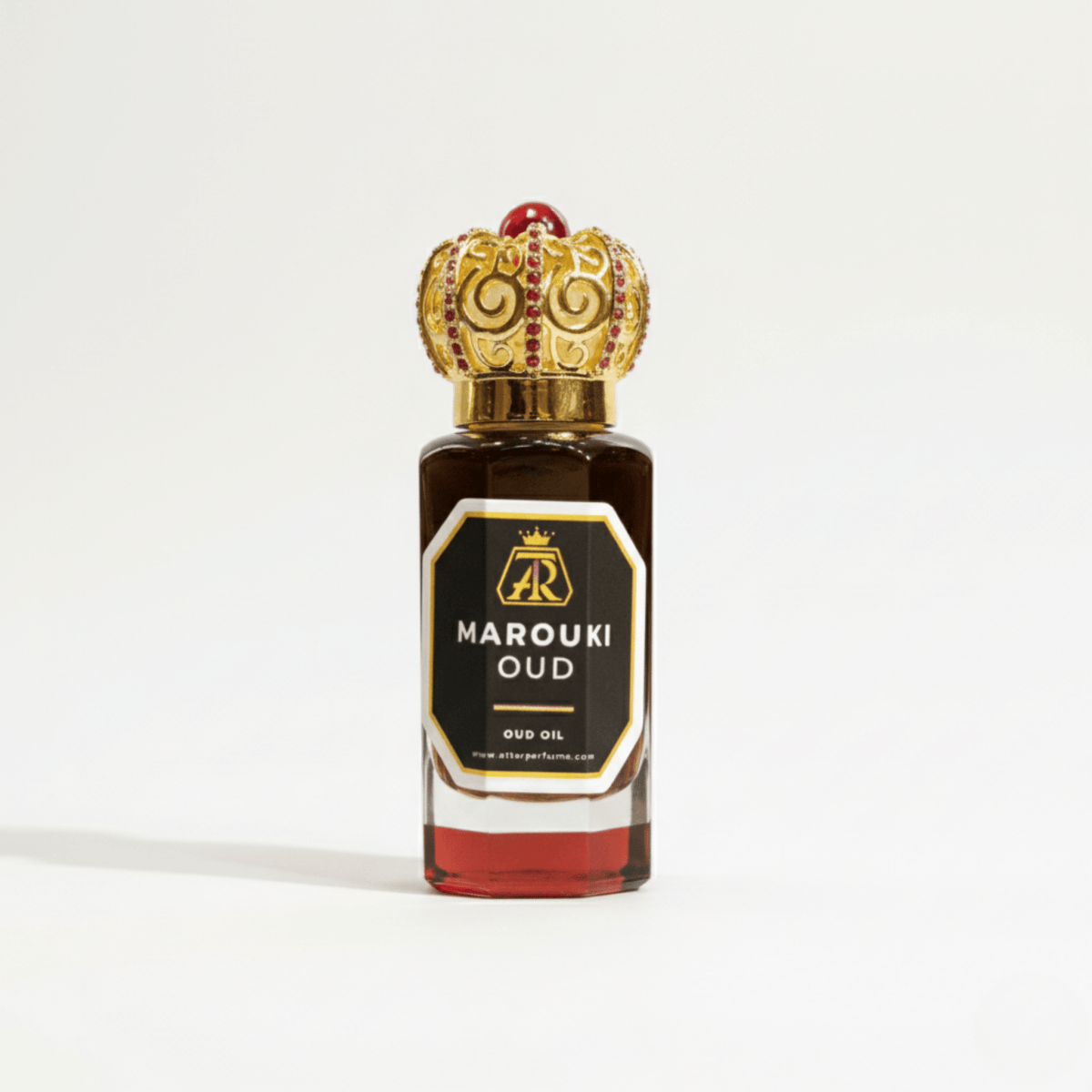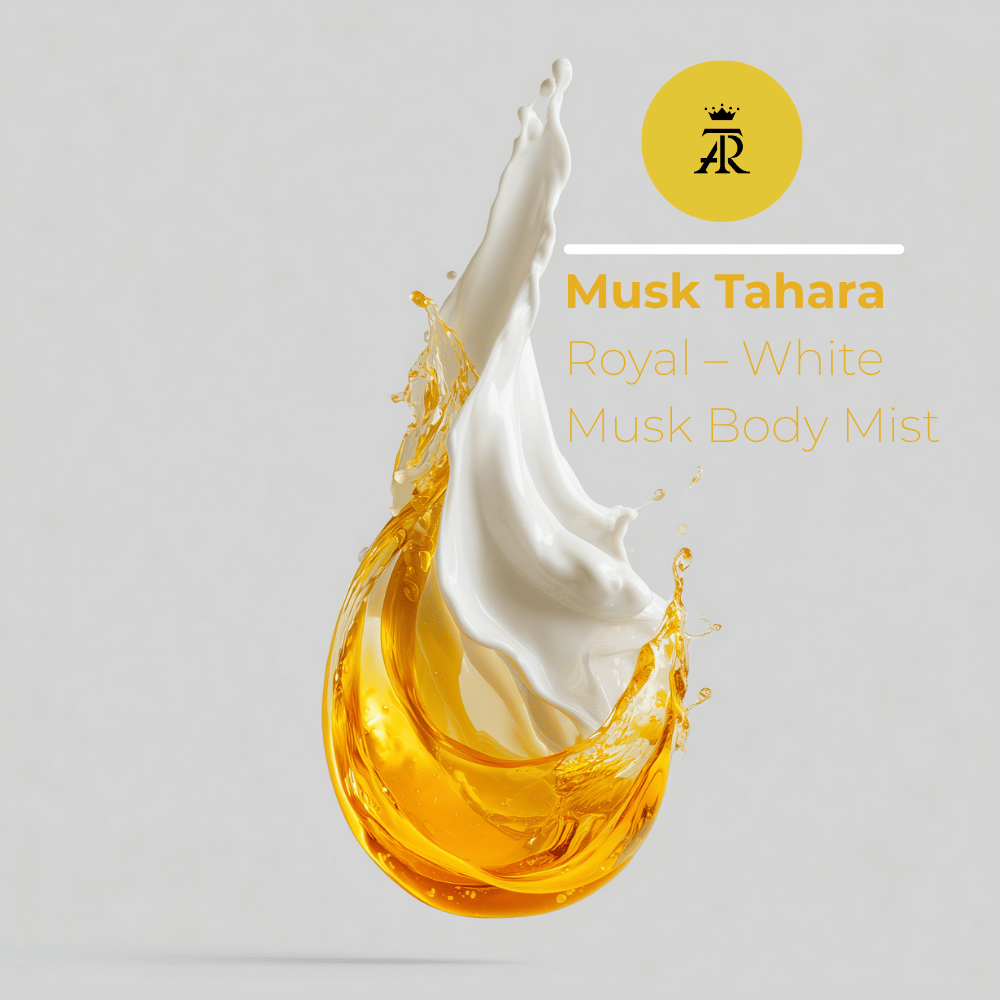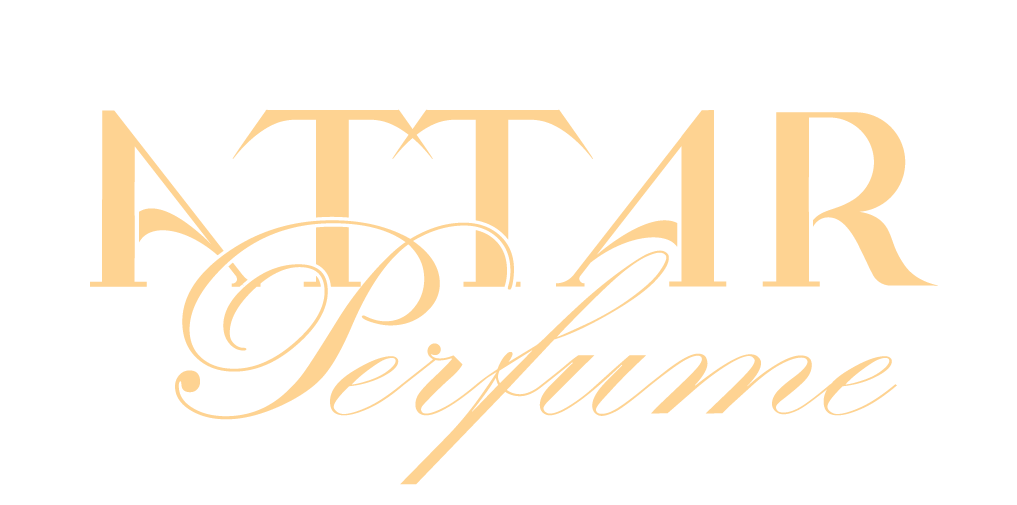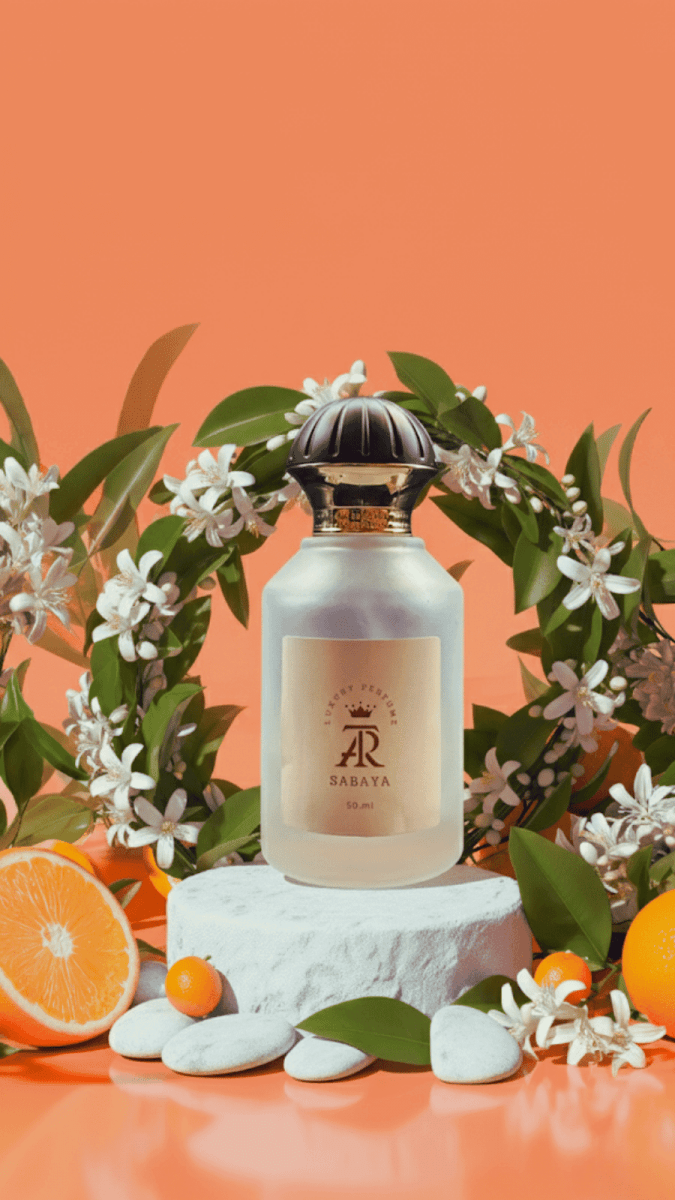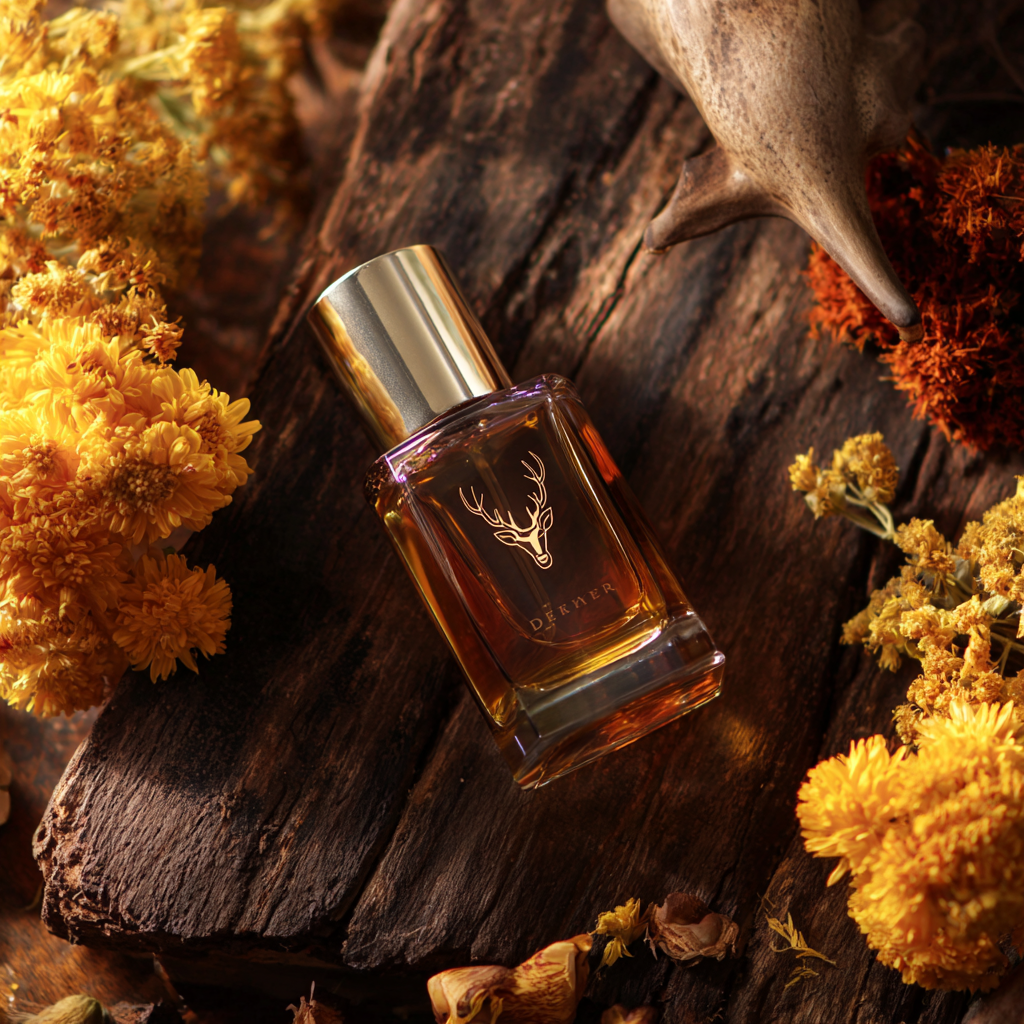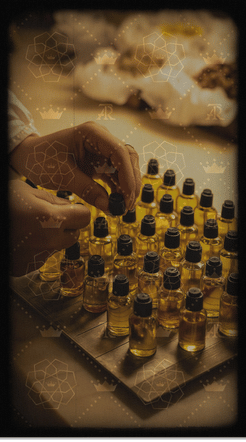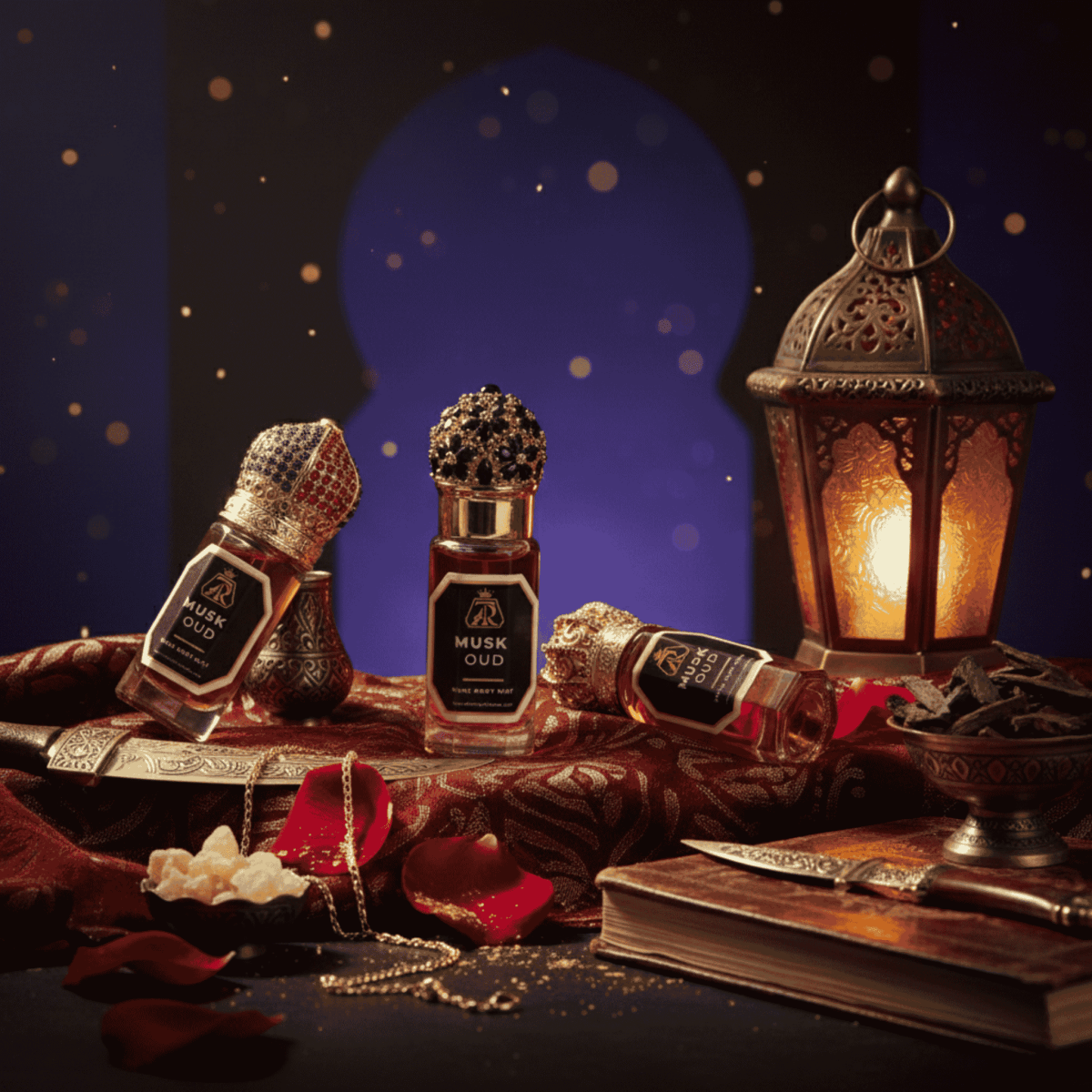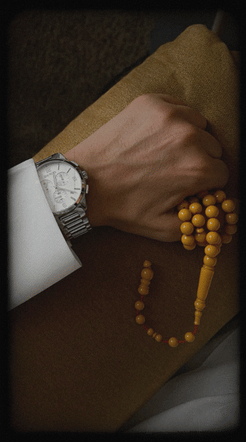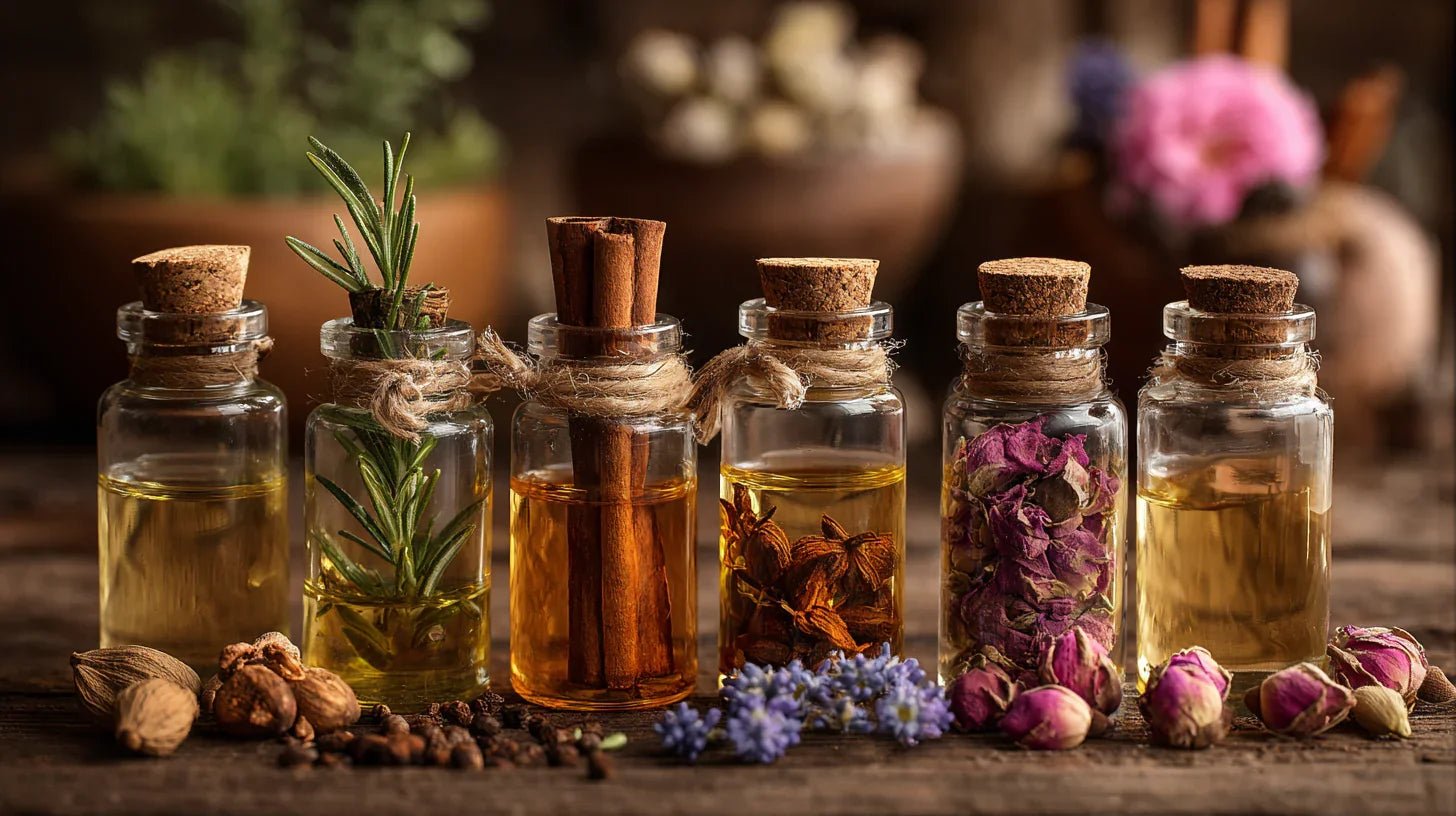The Art & Science of Oud Oil Blending
Page 1 – Cover
-
Title:
The Art & Science of Oud Oil Blending: A Beginner’s Guide to Masterful Perfume Creations -
Your brand logo/name (optional)
Page 2 – Introduction
-
What is Oud Oil?
-
The allure of artisanal blending
-
Who this guide is for

Page 3 – Oud Oil Categories and Aroma Profiles
| Type | Category | Scent Profile | Blending Role |
|---|---|---|---|
| Hindi | Sharp | Strong, dry, leathery | Longevity & strength |
| Burmese | Sharp/Incense | Smoky, deep | Adds smoky depth |
| Vietnamese | Very Sharp | Potent, fast-evolving | Accent, use sparingly |
| Laotian | Sharp | Concentrated, rich | Balance sweetness |
| Brashine | Incense | Incense, rounded | Harmonizes sharp/sweet |
| Malaysian | Incense | Smoky, cool | Stable foundation |
| S. Thailand | Incense | Fresh, aromatic | Softens incense blends |
| Cambodian | Sweet | Sweet, mellow, plush | Rounds off harsh notes |
| Trat | Sweet | Syrupy, fruity | Adds modern sweetness |
Page 4 – The Golden Blending Ratios Table
| Blend Type | Sharp Oud | Incense Oud | Sweet Oud | Natural Fixatives (Musk/Ambergris) |
|---|---|---|---|---|
| Balanced Classic | 20% | 40% | 40% | Up to 3% |
| Incense-forward | 15% | 60% | 25% | Up to 3% |
| Sweet-forward | 10% | 30% | 60% | Up to 2% |
| Luxury Statement | 25% | 35% | 40% | Up to 3% |
Page 5 – Practical Blending Flowchart
(Visual Diagram – will provide as description for designer/Canva)
-
Choose blend goal (balanced / incense / sweet)
-
Pick your main oud types from each group
-
Use precision scale to weigh oils
-
Start with sharp ouds, then incense, finally sweet
-
Add natural fixatives (musk/ambergris) last (≤3%)
-
Mix in a warm, non-air-conditioned room
-
Mature for 7–10 days before final assessment
Page 6 – Advanced Blending Tips
-
Always use high-quality, pure ouds for best results
-
When adding rose, jasmine, sandalwood, or non-oud oils:
-
Never exceed 1% (except Taif rose in winter: up to 3%)
-
-
Use heavier ouds (thicker oils) in smaller amounts
-
Test in small batches before scaling up
Page 7 – Sample Blend Recipes
Classic Oud Blend
-
15% Hindi (aged)
-
5% Vietnamese (sharp)
-
10% Burmese (smoky)
-
20% Brashine (incense)
-
20% Malaysian (foundation)
-
10% South Thai (softening)
-
10% Cambodian (sweet)
-
7% Trat (sweet/fruity)
-
3% Musk/Ambergris (natural fixative)
Page 8 – Common Mistakes to Avoid
-
Overusing sharp ouds (results in harsh scent)
-
Adding floral/non-oud oils in high percentages (spoils longevity)
-
Poor maturation (not letting blend “rest” long enough)
-
No precision in measuring

Page 9 – Expert FAQs
-
Why does my blend smell sharp/harsh?
-
How to adjust for more sweetness?
-
How long should I age my blend?
-
Can I use synthetic musk/ambergris?
Page 10 – Final Notes & Brand Message
-
The beauty of oud blending: each bottle is unique
-
Experiment, record your recipes, and refine
-
[Your Brand] – Committed to authentic Arabian perfumery
-
(Optional) Contact info/socials
Page 1 – Cover
The Art & Science of Oud Oil Blending
A Beginner’s Guide to Masterful Perfume Creations
(Add your brand logo/name here if desired)
Page 2 – Introduction
Oud oil, known as “liquid gold,” is one of the world’s rarest and most cherished fragrance ingredients. Blending pure oud oils is an ancient art and a modern science—a craft that transforms precious oils into masterpieces.
This guide reveals the golden rules and practical techniques for beginners and artisans alike to create luxury oud blends, whether for personal use or high-end perfume brands.

Page 3 – Oud Oil Categories and Aroma Profiles
| Type | Category | Scent Profile | Blending Role |
|---|---|---|---|
| Hindi | Sharp | Strong, dry, leathery | Longevity & strength |
| Burmese | Sharp/Incense | Smoky, deep | Adds smoky depth |
| Vietnamese | Very Sharp | Potent, fast-evolving | Accent, use sparingly |
| Laotian | Sharp | Concentrated, rich | Balance sweetness |
| Brashine | Incense | Incense, rounded | Harmonizes sharp/sweet |
| Malaysian | Incense | Smoky, cool | Stable foundation |
| S. Thailand | Incense | Fresh, aromatic | Softens incense blends |
| Cambodian | Sweet | Sweet, mellow, plush | Rounds off harsh notes |
| Trat | Sweet | Syrupy, fruity | Adds modern sweetness |
Page 4 – The Golden Blending Ratios Table
| Blend Type | Sharp Oud | Incense Oud | Sweet Oud | Natural Fixatives (Musk/Ambergris) |
|---|---|---|---|---|
| Balanced Classic | 20% | 40% | 40% | Up to 3% |
| Incense-forward | 15% | 60% | 25% | Up to 3% |
| Sweet-forward | 10% | 30% | 60% | Up to 2% |
| Luxury Statement | 25% | 35% | 40% | Up to 3% |
Tip: Always use a precision scale. The percentages above are by total oil volume.
Page 5 – Practical Blending Flowchart
1. Choose your blending goal
- Balanced, incense-forward, or sweet-forward
2. Select your oud oils
- One from each category: sharp, incense, sweet
3. Weigh each oil accurately
- Start with the smallest quantities (e.g., sharp ouds)
4. Combine oils in a clean glass vessel
5. Add natural fixatives (musk/ambergris) – max 3%
6. Mix in a warm, non-air-conditioned space
7. Let mature (“rest”) for 7–10 days before use
(Optional: Visual diagram prompt available if you want a Canva/graphic version!)
Page 6 – Advanced Blending Tips
-
Always use high-quality, pure oud oils for the best result.
-
For non-oud additions (rose, jasmine, sandalwood, etc.): do not exceed 1% (except Taif rose in winter, up to 3% for short-lived blends).
-
Use heavier/thicker ouds in smaller percentages to avoid overpowering the blend.
-
Test in small batches before making large volumes.
-
Store blends in dark glass and keep away from sunlight for optimal aging.
Page 7 – Sample Blend Recipes
Classic Oud Blend
-
15% Aged Hindi
-
5% Vietnamese (sharp)
-
10% Burmese (smoky)
-
20% Brashine (incense)
-
20% Malaysian (foundation)
-
10% S. Thai (softening)
-
10% Cambodian (sweet)
-
7% Trat (fruity sweet)
-
3% Musk/Ambergris (fixative)
Sweet Oud Signature
-
5% Hindi
-
5% Vietnamese
-
15% Brashine
-
10% Malaysian
-
25% Cambodian
-
30% Trat
-
10% S. Thai
-
Up to 2% Musk/Ambergris
Page 8 – Common Mistakes to Avoid
-
Using too much sharp oud: creates harsh, unbalanced scent
-
Adding too much rose, jasmine, or sandalwood: shortens shelf life and ruins oud character
-
Not allowing enough maturation time: prevents the oils from harmonizing
-
Failing to document blends: always record ratios and results for future reference
-
Skipping the precision scale: small errors multiply in larger batches
Page 9 – Expert FAQs
Q: Why does my blend smell too sharp or harsh?
A: Reduce sharp oud percentage, increase sweet/round ouds, or extend maturation.
Q: How can I make my blend last longer?
A: Use aged ouds and natural fixatives (musk/ambergris) up to 3%.
Q: Can I add rose, jasmine, or other floral oils?
A: Yes, but always under 1% unless for a fast-selling blend.
Q: How long should I age my blend?
A: 7–10 days for basic maturation; 1–2 months for ultimate depth.
Page 10 – Final Notes & Brand Message
The magic of oud blending lies in experimentation and patience. Each blend is a unique signature—an olfactory journey crafted by hand and heart.
Keep exploring, keep refining.
Your next masterpiece is just one blend away.
